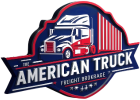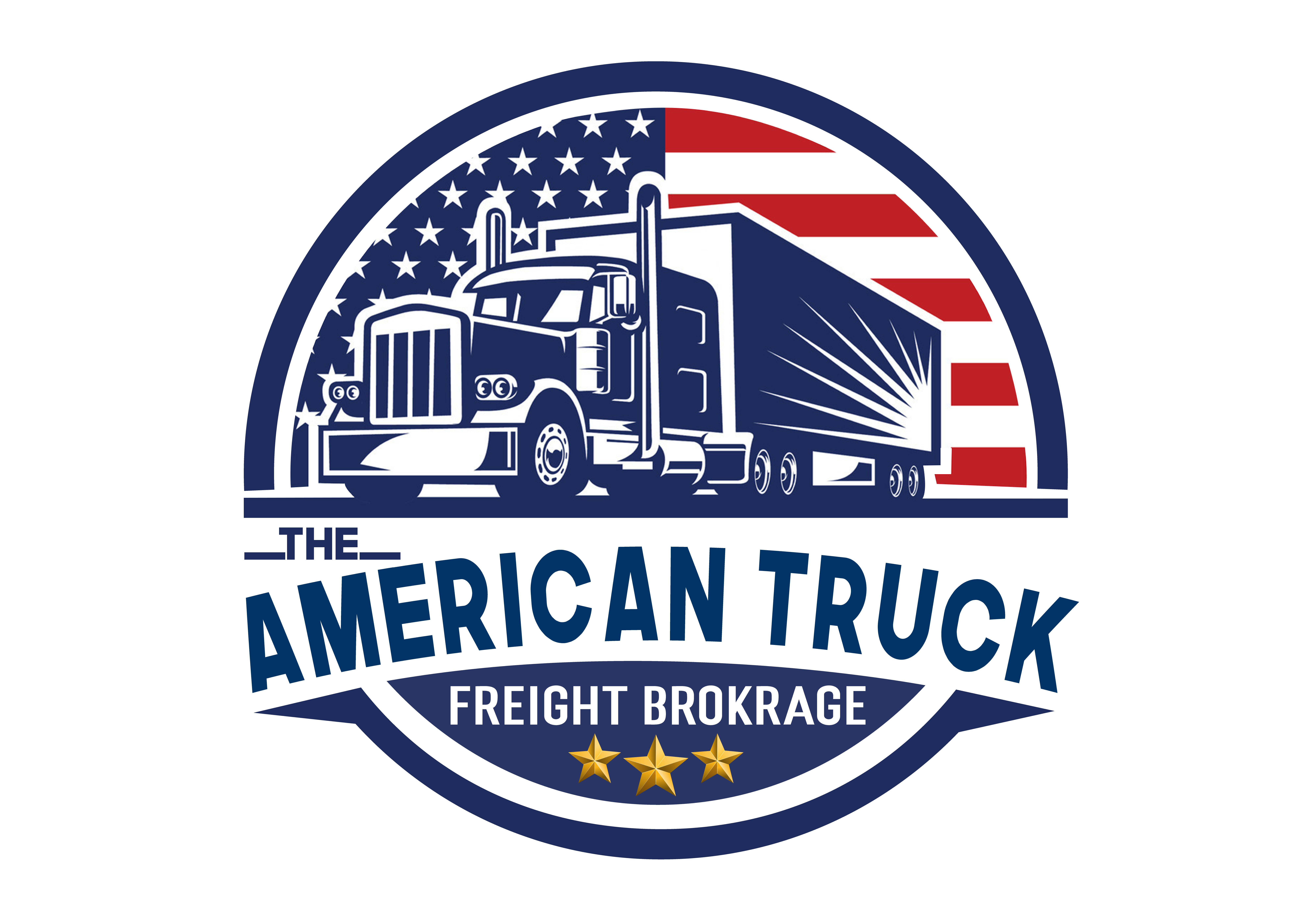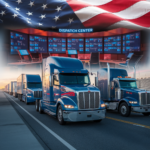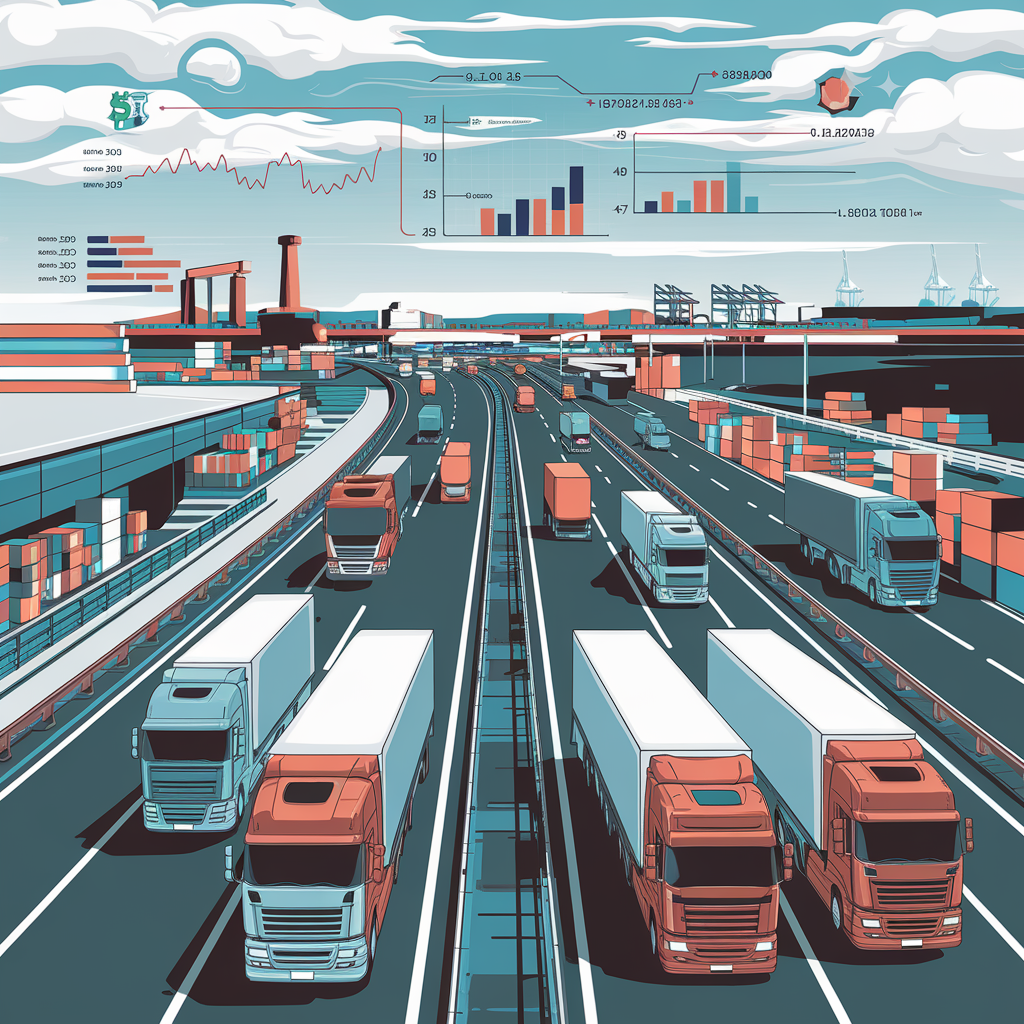
Economy and Supply Chain Shape Trucking
Trucking is a tough gig. One day, business booms with fleets of rigs roaring down the highway, and the next, wheels grind to a halt as the supply chain sputters. It’s all part of the dance between the economy and supply chain, a relationship that makes or breaks trucking on a near-daily basis. Let’s get into the nitty-gritty of how these two heavyweight forces are shaping the industry for drivers, logistics teams, and companies in 2024.
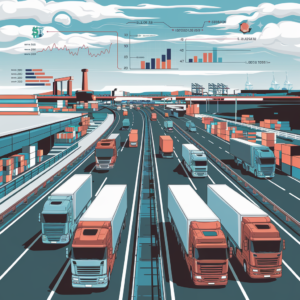
Supply Chains in Flux: The Cause of Headaches
Supply chain disruptions aren’t new, but these days, they’re amplified. We’ve seen it all—from ships waiting in line at ports to trucks stuck on the road due to parts shortages. With every hiccup, the trucking industry feels the impact tenfold. Rising fuel costs, delayed deliveries, and a backlog in orders make things, well, unpredictable.
Truck drivers can tell you firsthand how delays impact their routes. Imagine heading out to pick up a load, only to find it’s not even ready because of production issues. It’s the kind of unpredictability that could leave anyone feeling out of sync, like dancing with a partner who constantly changes the beat. And for truckers, this translates into extra hours waiting around, lost pay, and fewer miles under the tires.
How the Economy Fuels or Fights the Wheels of Trucking
The economy and trucking are tied closer than peanut butter and jelly. When consumer demand is high, trucks roll out, goods are hauled, and profits climb. But when the economy takes a dip, things get trickier. With each dip, demand for goods drops, causing companies to pull back on production and shipping needs. Less freight means less money flowing, and for independent truckers, that often means tightening belts and stretching dollars.
Rising interest rates and inflation have only added fuel to this fire. Trucking companies looking to expand or update their fleets are often left pinching pennies instead, delaying those much-needed upgrades or even considering layoffs to stay afloat. So, when the economy slows, it isn’t just the markets feeling it. It’s every driver, every logistics planner, and every business tied to the freight chain.
The Fight Against Rising Costs: Fuel and Parts
If there’s one thing truckers know, it’s that every dollar counts, and fuel is the ultimate budget-eater. Fuel prices fluctuate wildly based on market conditions, and when they spike, so do costs across the board. In fact, for most trucking companies, fuel represents a whopping 25-30% of their total expenses.
What’s more, equipment costs have ballooned. Parts shortages make it hard to keep trucks roadworthy. Tires, batteries, and engine parts are more expensive than ever, and waiting on these essentials can sideline entire fleets. And let’s be real: a truck sitting idle means no cash flow.
Inflation’s Ripple Effects on Trucking
Inflation might seem like just another news headline, but in trucking, it’s a live-wire issue. Rising prices don’t just impact fuel and parts—they trickle down to every aspect of the industry. Drivers feel it at the grocery store, logistics companies see it in warehousing costs, and shippers notice it when freight fees are recalculated.
But here’s the kicker: these rising costs don’t always get passed down to the customer. Trucking companies are often forced to absorb much of this increase, squeezing already razor-thin margins. And for small or independent trucking businesses, that can be a dealbreaker. When profit margins look like slim pickings, every cent lost hurts.
A Rocky Road Ahead: Navigating an Uncertain Future
The trucking industry has always been one that adapts, but these challenges feel like a marathon with no finish line. Technology offers some relief, with tools to optimize routes, track fuel usage, and predict maintenance needs, but it’s not a magic wand. Technology can’t control fuel prices or dictate demand.
Looking forward, many trucking companies are exploring options like driverless trucks, electric fleets, and artificial intelligence. However, these solutions come with their own costs and hurdles. For example, electric trucks may reduce fuel dependency, but they’re not widely available or affordable for everyone just yet.
Strategies for Keeping the Wheels Turning
So, how are companies and drivers coping? Some companies have turned to shared freight networks, where multiple shippers share cargo space on a single truck. It’s a way to keep trucks full and reduce costs per mile. This pooling strategy doesn’t just save cash; it also cuts emissions—a win-win.
Others are leaning into digital platforms to source last-minute freight loads, maximizing truck space and limiting deadhead miles (those unpaid miles with an empty truck). For independent drivers, platforms like these can make the difference between profit and loss on a run. Truckers who can stay agile and adapt to sudden market shifts stand a better chance of making it through the tough spots.
And then there’s the rising gig-economy style work in trucking, where truckers pick up quick hauls and drive on demand. It might not be the traditional long-haul route, but for some, this model offers flexibility and income without the heavy burdens of fixed schedules.
How Driver Shortages Complicate the Equation
Trucking isn’t just about machines and money; it’s about people. The industry has a long-standing issue with driver shortages, and with older drivers retiring, that gap keeps widening. Recruiting new drivers is tough work. Younger generations often see the trucking lifestyle—long hours, isolation, and tight schedules—as less than appealing. And who can blame them?
To attract fresh faces, some companies are sweetening the pot with incentives like signing bonuses and higher pay per mile. Still, it’s a challenge. Many seasoned truckers say the industry today is a far cry from what it was—a road less traveled with fewer perks and a tighter budget.
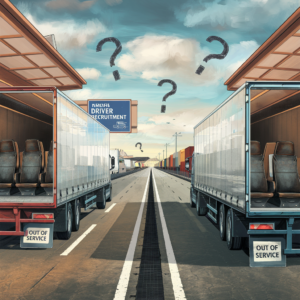
Moving Forward in a Shifting Landscape
For those in the industry, resilience isn’t just a word; it’s a lifestyle. Trucking will keep evolving to meet new challenges, and companies that survive are the ones that stay agile, cut costs, and drive smarter, not harder. And while the road may be bumpy, truckers have proven time and again that they’re built to weather any storm.
For every problem the industry faces, someone’s out there brainstorming the next fix. But here’s the deal: the industry can’t ride on hope alone. Practical solutions, a keen eye on costs, and a willingness to adapt are the only guarantees. It’s the same old story: you take what you can control, keep an eye on what you can’t, and roll with the punches.
Trucking may be up against some fierce headwinds, but it’s a road that’s always been about pushing forward, no matter the odds. The economy and supply chain may dictate the route, but truckers? They’re the ones who know how to get there.
For For further details, visit The American Truck Inc.
To schedule appointments, contact us for a complimentary consultancy session.
